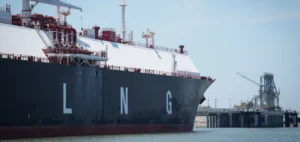On May 2, Robert Muraro, Commercial Director of Targa Resources, updated investors on the progress of multiple pipeline projects emerging from the Permian Basin. Among these projects, the 42-inch, 536-mile Apex intrastatic pipeline linking Midland to Jefferson County has already received approval from the Texas Railroad Commission. However, the company also plans to participate in other proposed projects in the region, all of which are progressing promisingly.
Market implications and industrial responses
Recent negative Waha prices in West Texas have highlighted market challenges and the urgent need for robust solutions. According to Muraro, the situation should improve with the start-up of the Matterhorn pipeline, scheduled for the third quarter of this year. However, pressure on Waha prices is expected to renew in 2026, when Targa anticipates the completion of a new pipeline.
Permian production forecasts and growth
Production in the Permian remains a strong point for Targa, despite a slowdown in April due to deeply negative prices. Matthew Meloy, CEO, expressed his optimism about further production growth, boosted by a remarkable recovery from difficult weather conditions in January, in these terms:
“We remain optimistic about continued growth between now and the end of the year, despite these problems.”
Data from S&P Global Commodity Insights indicate a recovery in production to an average of 18.5 Bcf/d in February, with prospects for continued growth through to the end of the year.
Investment in processing and response capacity
On May 2, Targa announced the construction of the Pembrook 2 processing plant in the Midland Permian, with a planned capacity of 275 MMcf/d, in response to increased production. The new facility is scheduled to come on stream in the fourth quarter of 2025. In addition, the Greenwood 1 plant, which went out of service following a fire on April 16, is scheduled to return to service before the end of the second quarter of this year.
With these strategic developments, Targa Resources is well positioned to respond to market fluctuations and future infrastructure needs in the Permian Basin. Expansion and modernization initiatives reflect a long-term commitment to sustainable growth and stability in a constantly evolving sector.






















